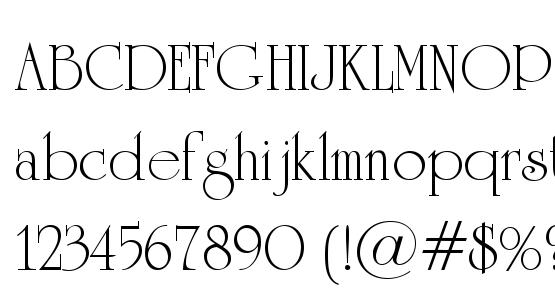
- Font book mac display text install#
- Font book mac display text code#
- Font book mac display text download#
After you select and delete the default preview text in such a font (which will render as all question marks, since the default text for all scripts is Lorem Ipsum), the IME will not function until you tab away from the text box and back again. The editor is even more glitchy when using IMEs to type in non-Latin scripts.

Worse, when you tab away after editing the text, the previous text flashes on the screen for a split-second before being replaced by the new text you just entered. The text box is also a couple of pixels smaller while you’re editing it, probably because of the black border, which causes the lines to break differently, so the text reflows distractingly when you tab in and out too. It would have been slicker to just let you edit the text live. But the text as you’re editing it in the text box looks the same as the rendered text anyway, just with an ugly black border. The icons on your desktop will automatically change to the size you have selected. Press on the option next to Text size and keep it at the highest font size. You will be shown a set of settings for the icons on your desktop. First of all, you have to click the text to turn it into a text box, then edit it, then tab away. On your Mac screen, navigate towards the menu bar and press on the View option. In the “custom preview text” view, you can enter your own preview text to see it in the selected font, but the editor is all janky and glitchy. (The toolbar offers no option to display labels under these buttons. Its toolbar lets you choose four views of a font: preview text, glyph grid, custom preview text, and information.
Font book mac display text install#
If you have the missing font and want to install it on your computer, use Font Book, available in the Applications folder. In the notification, click Show and choose a replacement font. The preview area in the main Font Book window doesn’t have this issue, but it has its own issues. When you open a document that uses fonts not installed on your computer, a missing font notification appears briefly at the top of the document. What happened here? Did nobody at Apple ever click this font and wonder why there was a row of question marks? Did nobody suggest that the preview text for Apple Color Emoji should include at least one emoji?
Font book mac display text code#
The same thing happens for “Apple Braille.” The bit of code that chooses which preview text to show for a font is returning “(null)” for these fonts, which is what the C library’s printf function returns when you give it a null pointer. If you select them and paste them elsewhere, you can see that the characters spell out the string “(null)”. The preview of the font will render as six question marks. For example, select the “Fixed Width” collection. This second preview window needs some attention. One is to the right of the font list, and the other appears in a separate window when you double-click a font. If that is the case, changing GIMP's application font to a truetype or opentype font would solve this issue.There are two views in Font Book which show you a preview of the font.

it finds something is not how it wants it to be, it will show this message. The issue may be that GIMP is using a Type1 font as it's default application font, Type1 fonts are no longer supported on Big Sur. Font Books font validation system is telling you that Problem may have. It is difficult for a user to try and fix this issue because without being able to read text the user can not navigate the application. Workaround reported by Additional information
Font book mac display text download#


 0 kommentar(er)
0 kommentar(er)
